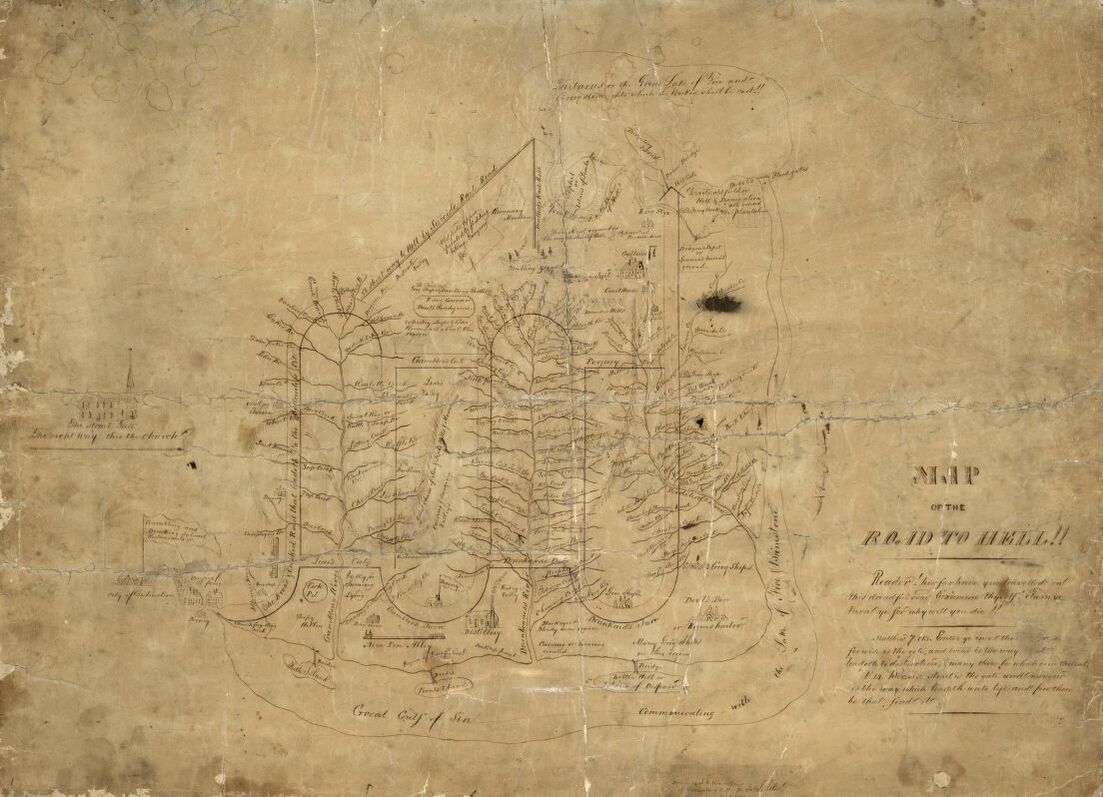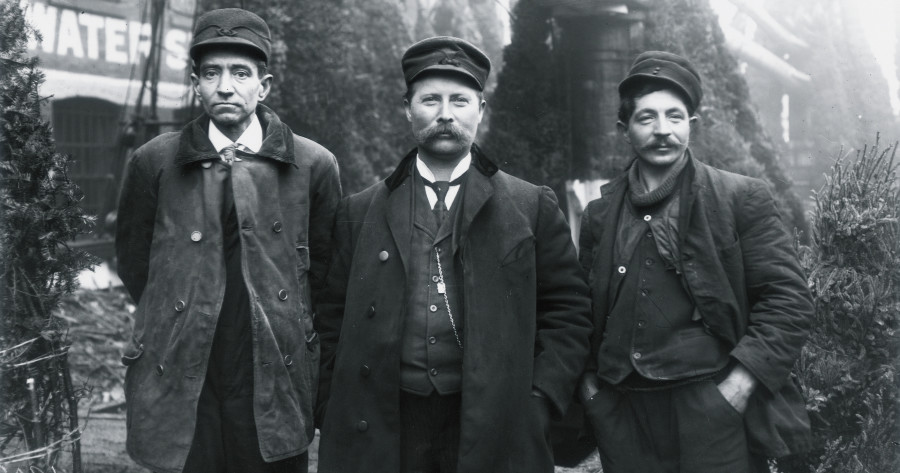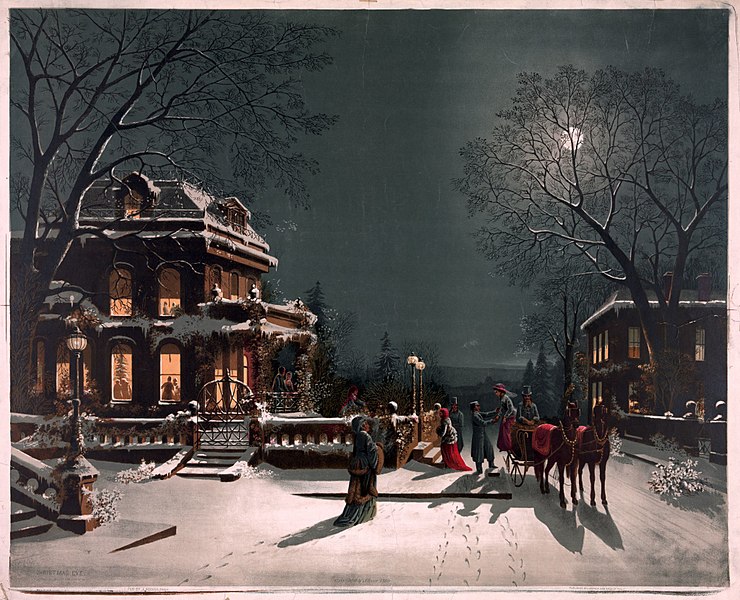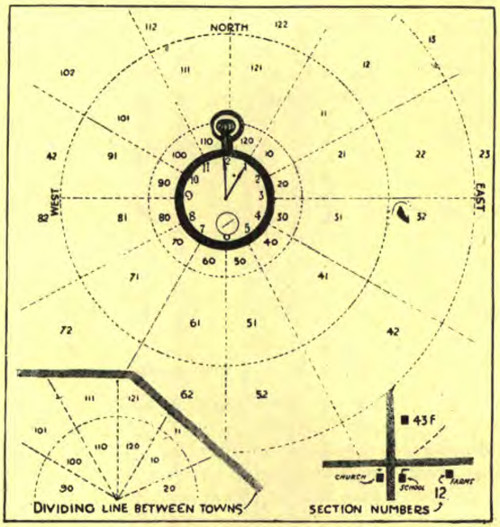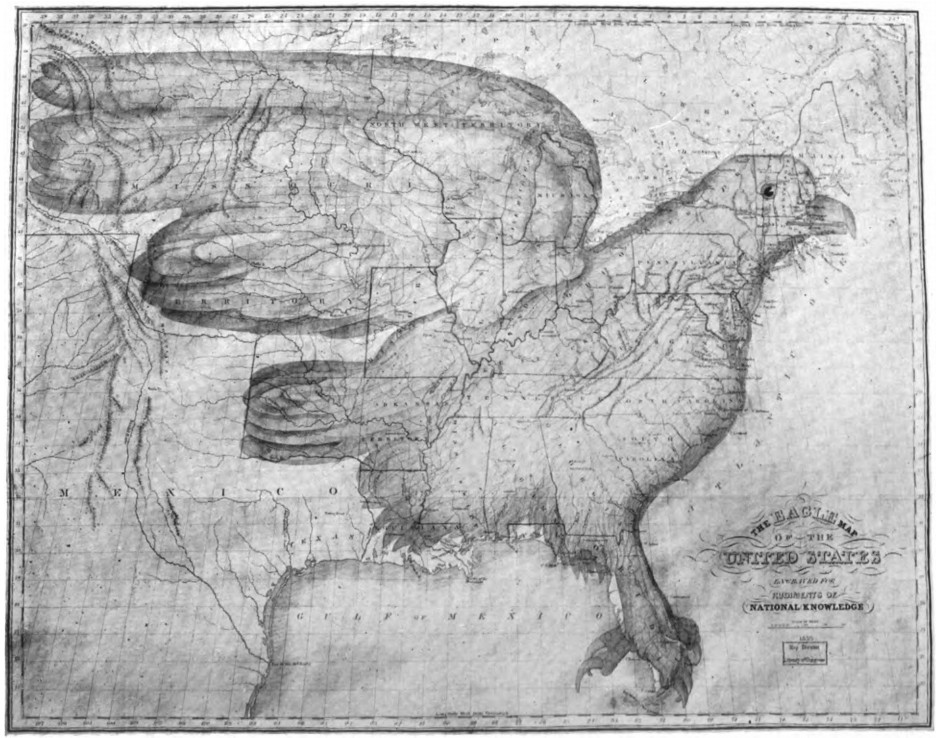This is literally the first thing you find if you search the Library of Congress for “map of the road”. I.N. Barrillon drew it in 1858. “Reader! how far have you travelled on this dreadful road? Examine thyself! Turn ye turn ye for why will you die!!”
You can’t make out all the details here (the library has some beautiful larger scans), but it’s amazing what will land you in trouble. The major rivers in Hell are Gambling River, Drunkenness River, and Perdition River, but the tributaries include Chess Creek, Backgammon Branch, Lottery Creek, Egg Nog Creek, Cider Branch, and Lemonade Branch.
In his 1973 Atlas of Fantasy, J.B. Post writes, “The quickest way to the Great Lake of Fire and Brimstone is by the Suicide Rail Road and the Duelist’s Rail Road. One can meander along the road but shortcuts are provided for liars, drunkards, gamblers, and perjurors. All, however, finally go ‘blip’ into the Great Lake.”
“Not shown is the road to Heaven called ‘the Path of Ennui.'”

